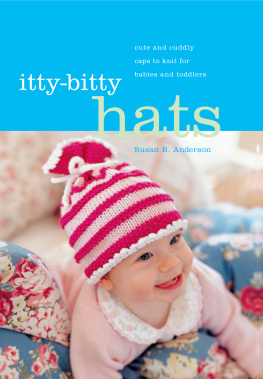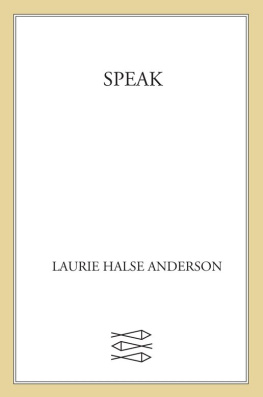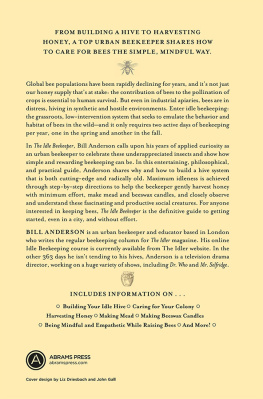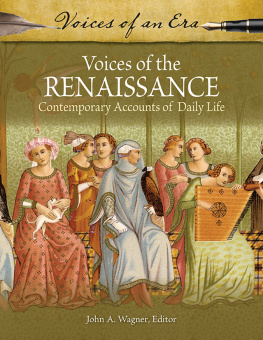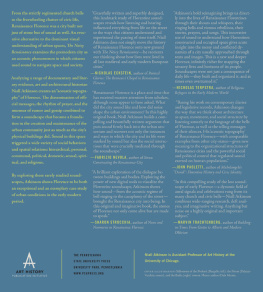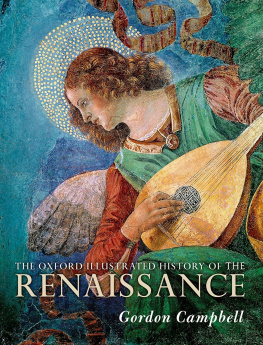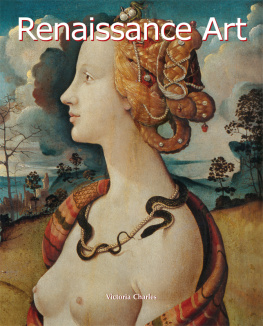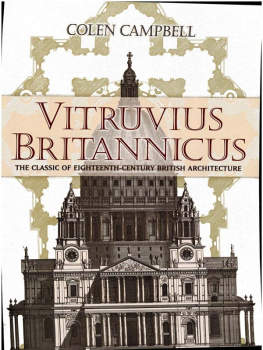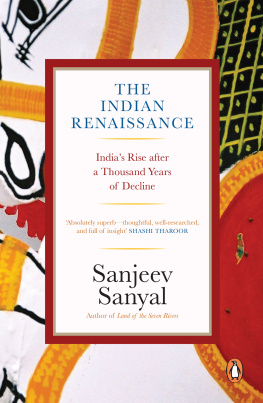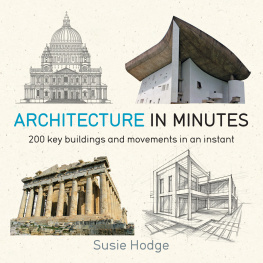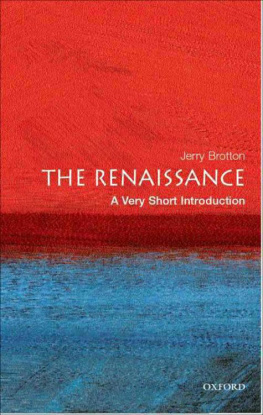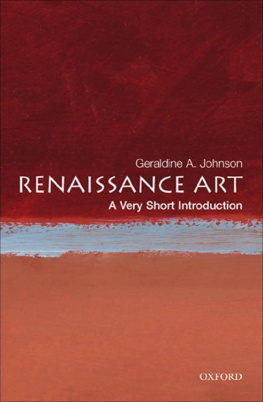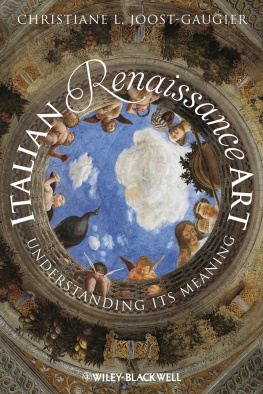Anderson - Renaissance architecture
Here you can read online Anderson - Renaissance architecture full text of the book (entire story) in english for free. Download pdf and epub, get meaning, cover and reviews about this ebook. City: Oxford, year: 2013, publisher: Oxford University Press, genre: Religion. Description of the work, (preface) as well as reviews are available. Best literature library LitArk.com created for fans of good reading and offers a wide selection of genres:
Romance novel
Science fiction
Adventure
Detective
Science
History
Home and family
Prose
Art
Politics
Computer
Non-fiction
Religion
Business
Children
Humor
Choose a favorite category and find really read worthwhile books. Enjoy immersion in the world of imagination, feel the emotions of the characters or learn something new for yourself, make an fascinating discovery.

Renaissance architecture: summary, description and annotation
We offer to read an annotation, description, summary or preface (depends on what the author of the book "Renaissance architecture" wrote himself). If you haven't found the necessary information about the book — write in the comments, we will try to find it.
Although marked by the rise of powerful individuals, both patrons and architects, the Renaissance was equally a time of growing group identities and communities -- and architecture provided the public face to these new identities. Religious reforms in northern Europe, spurred on by Martin Luther, rejected traditional church function and decoration, and proposed new models. Political ambitions required new buildings to satisfy court rituals. Territory, nature, and art intersected to shape new landscapes and building types. Classicism came to be the international language of an educated architect and an ambitious patron, drawing on the legacy of ancient Rome. Yet the richness of the medieval tradition continued to be used throughout Europe, often alongside classical buildings.
Examining each of these areas by turn, this book offers a broad cultural history of the period as well as a completely new approach to the history of Renaissance architecture. The work of well-known architects such as Michelangelo and Andrea Palladio is examined alongside lesser known though no less innovative designers such as Juan Guas in Portugal and Benedikt Ried in Prague and Eastern Europe. Drawing on the latest research, it also covers more recent areas of interest such as the story of women as patrons and the emotional effect of Renaissance buildings, as well as the impact of architectural publications and travel on the emerging new architectural culture across Europe. As such, it provides a compelling introduction to the subject for all those interested in the history of architecture, society, and culture in the Renaissance, and European culture in general
Anderson: author's other books
Who wrote Renaissance architecture? Find out the surname, the name of the author of the book and a list of all author's works by series.



